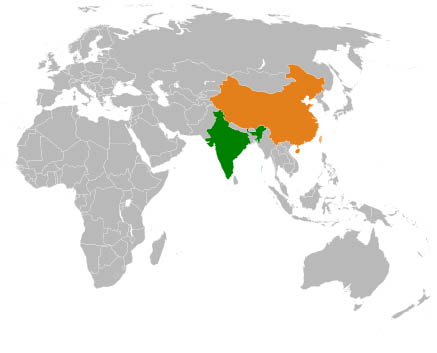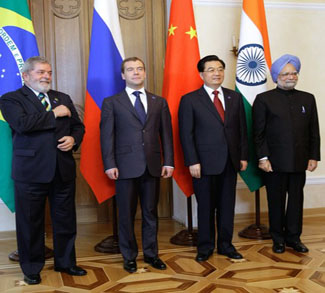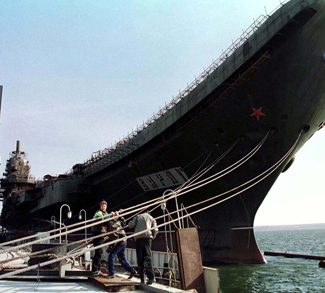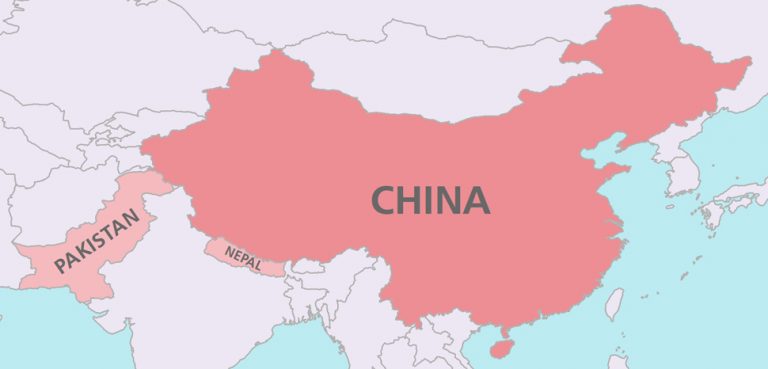The following article is first in a series examining China-India relations in the 21st century.
Sino-Indian relations make for a compelling case study, as their strategic complexity and future importance defy any easy explanation. Theirs is a relationship that straddles the entire breadth of geopolitical possibility, encompassing points of conflict and cooperation in the military and economic spheres, territorial and resource disputes, dissonant domestic political systems, and perhaps most importantly: the unprecedented opportunity for two of the greatest development success stories in human history to shape the world of the 21st century. Because conflict or not, both countries recognize the need to work together to lubricate the international system that has served them so well.
Fighting for the Himalayan High Ground
Of the disputes weighing down on Sino-Indian relations, unresolved border issues in the Himalayas (both in Arunanchal Pradesh and Kashmir) loom large. The two sides fought a war over one of the disputed areas in 1962, which ended in a humiliating Indian defeat, and though there have been scattered diplomatic flare-ups and unauthorized excursions since then, no more shots have been exchanged. In 2006, a Chinese envoy incited widespread outrage throughout India when he declared that the entire Indian state of Arunanchal Pradesh belongs to China. The most recent rhetorical snipes occurred in 2009, when India announced the deployment of additional troops and air power along its Himalayan border with China, leading Beijing to re-assert its claim to approximately 90,000 square kilometers of disputed territory.




